How Climate Change is Impacting Real Estate Markets
Real Estate Blog
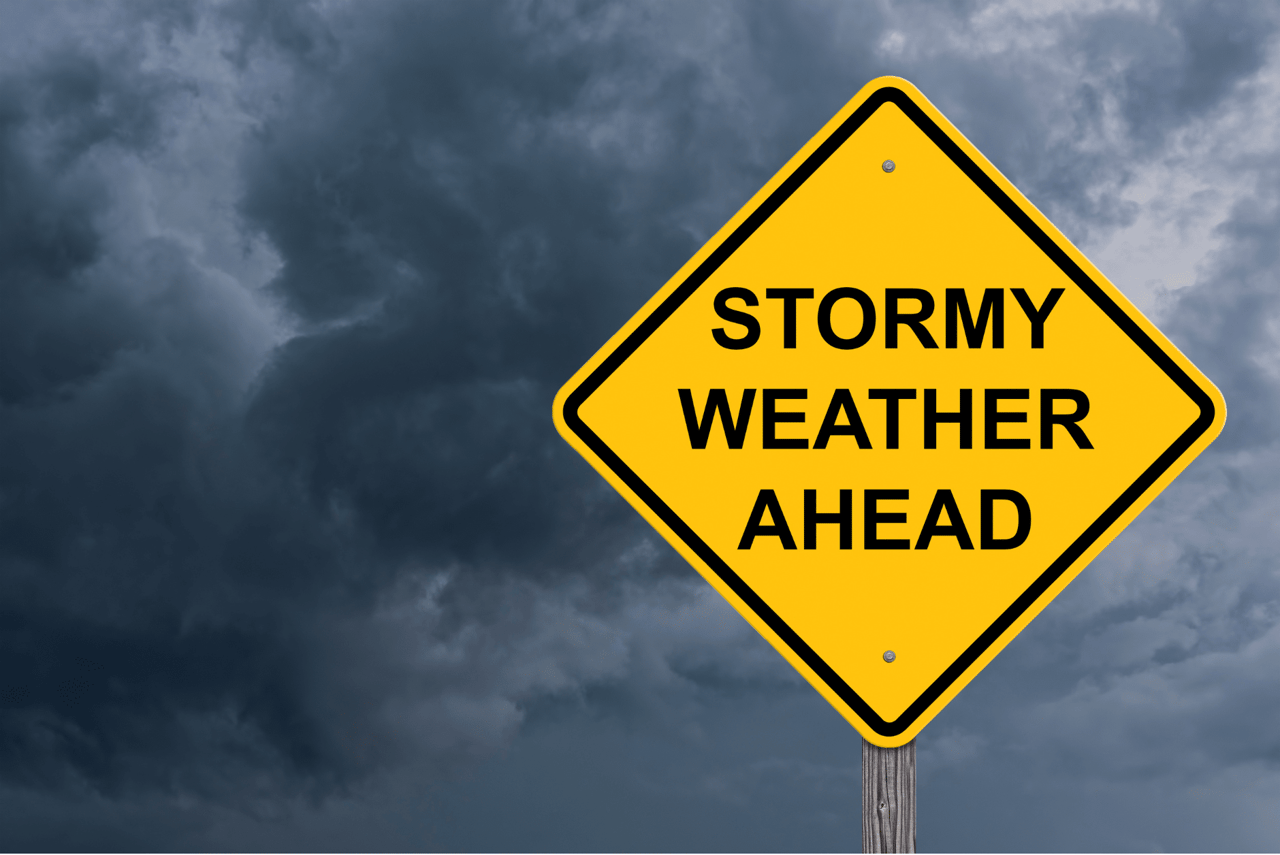
Real Estate Blog

Climate change is no longer a distant concern; it is an immediate reality affecting various sectors, including real estate. As extreme weather events become more frequent and sea levels continue to rise, the real estate market faces new challenges and risks. For buyers and investors, understanding these impacts is crucial for making informed decisions. In this blog post, we will analyze how climate change is affecting real estate markets, particularly in areas prone to natural disasters, and offer practical advice on what to consider regarding climate risks.
One of the most visible impacts of climate change is the rising sea level, which poses a significant threat to coastal properties. According to the National Oceanic and Atmospheric Administration (NOAA), sea levels are expected to rise by at least one foot by 2050. This rise increases the risk of flooding, erosion, and storm surges, making coastal properties more vulnerable.
Advice for Buyers and Investors:
Climate change is also exacerbating the frequency and intensity of wildfires and heatwaves, particularly in areas like California and the Pacific Northwest. These events not only destroy properties but also lead to increased insurance costs and potential health risks.
Advice for Buyers and Investors:
Regions prone to hurricanes and severe storms, such as the Gulf Coast and Southeastern United States, are experiencing more intense and frequent storms due to climate change. These storms can cause significant damage to properties, infrastructure, and local economies.
Advice for Buyers and Investors:
Regardless of the specific climate risks, there are general strategies that buyers and investors can adopt to mitigate the impact of climate change on their real estate investments:
Climate change is reshaping the real estate landscape, bringing new challenges and considerations for buyers and investors. By understanding the specific risks associated with different regions and adopting strategies to mitigate these risks, you can make informed decisions and protect your investments. As the climate continues to evolve, staying proactive and adaptable will be key to navigating the real estate market in this new era.

Real Estate Blog
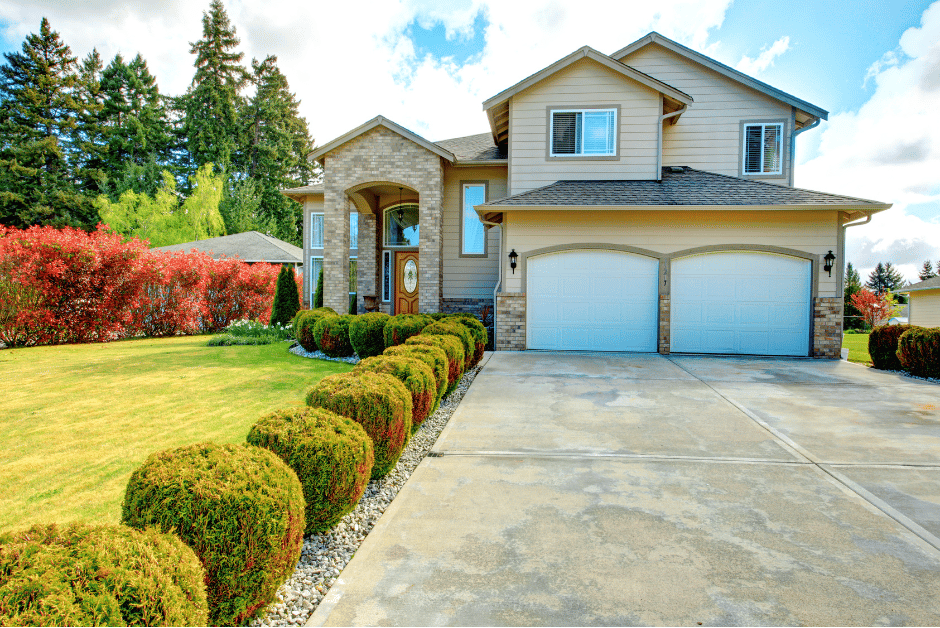
Real Estate Blog
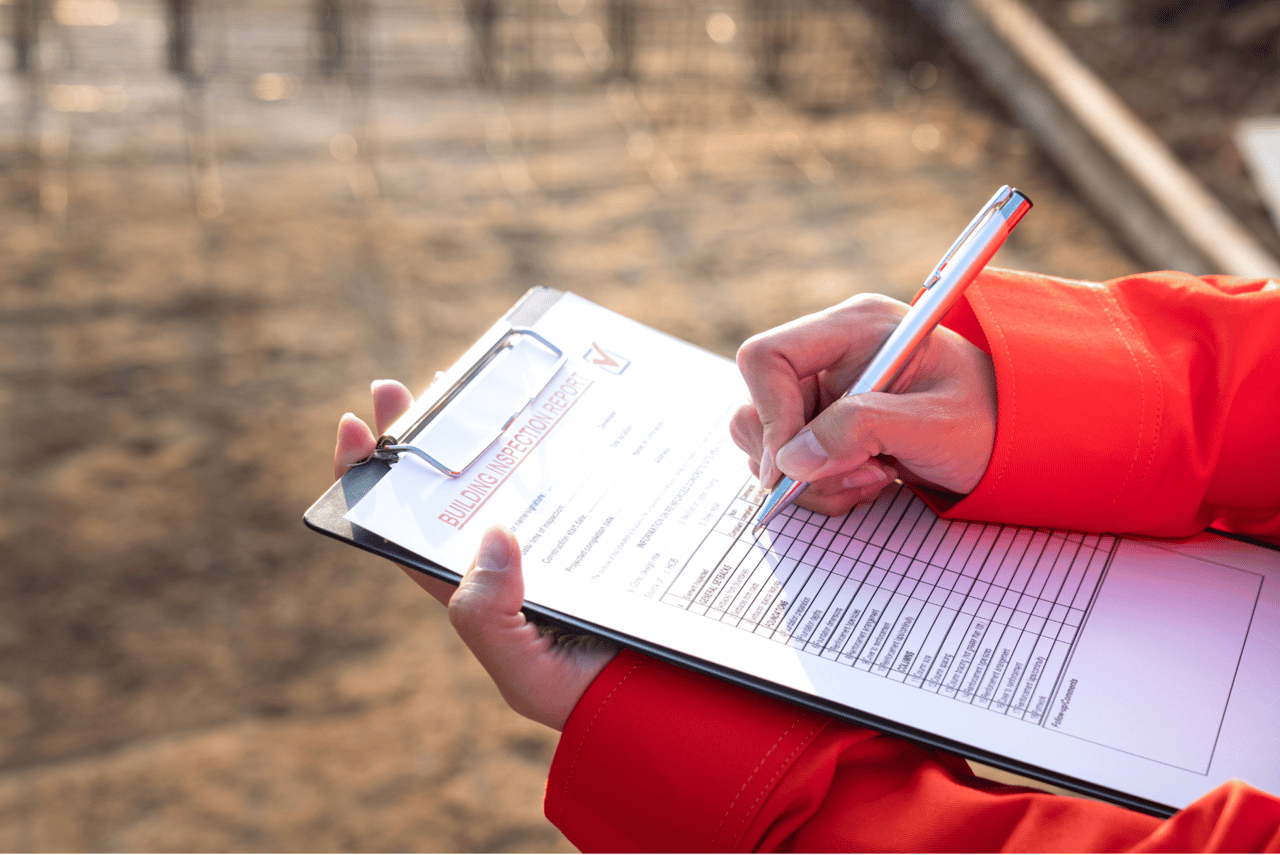
Real Estate Blog

Real Estate Blog
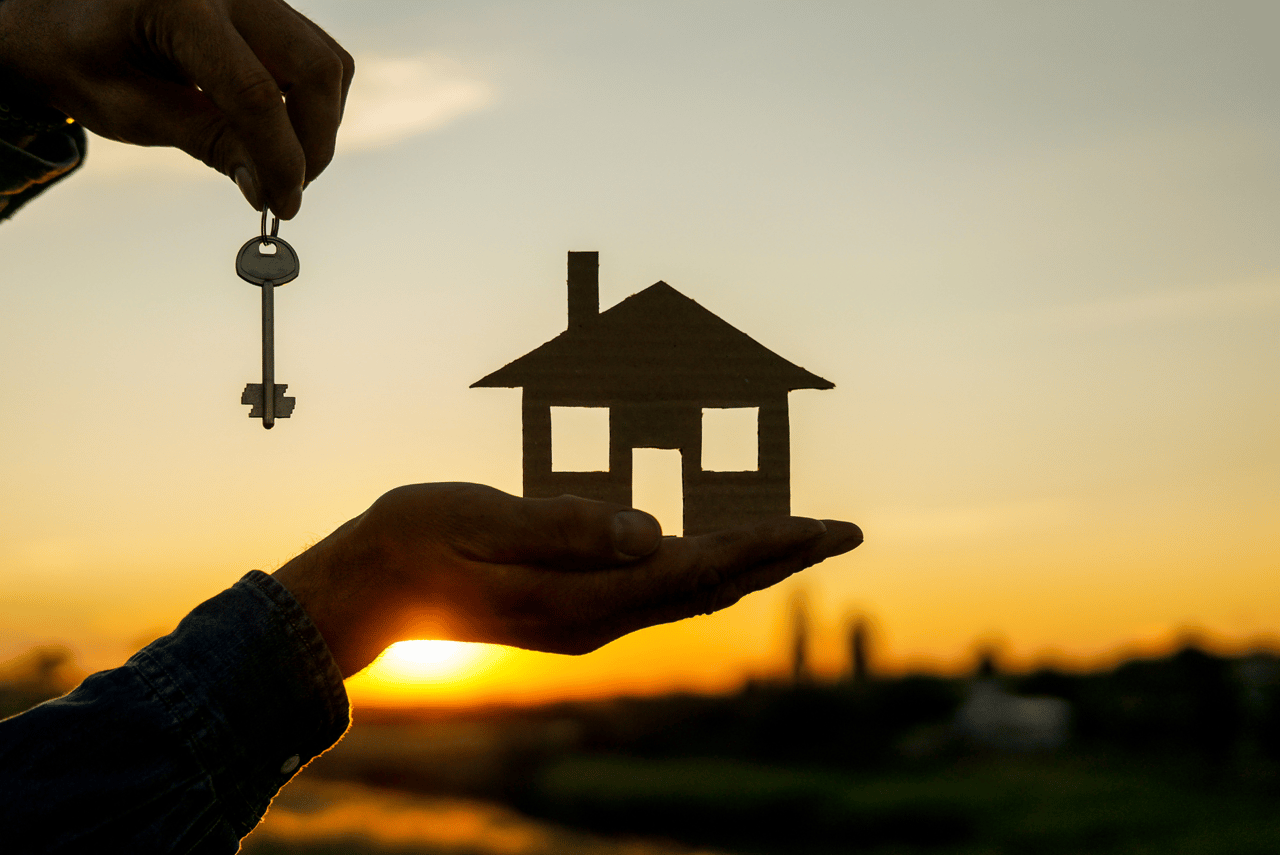
Real Estate Blog

Real Estate Blog

Real Estate Blog
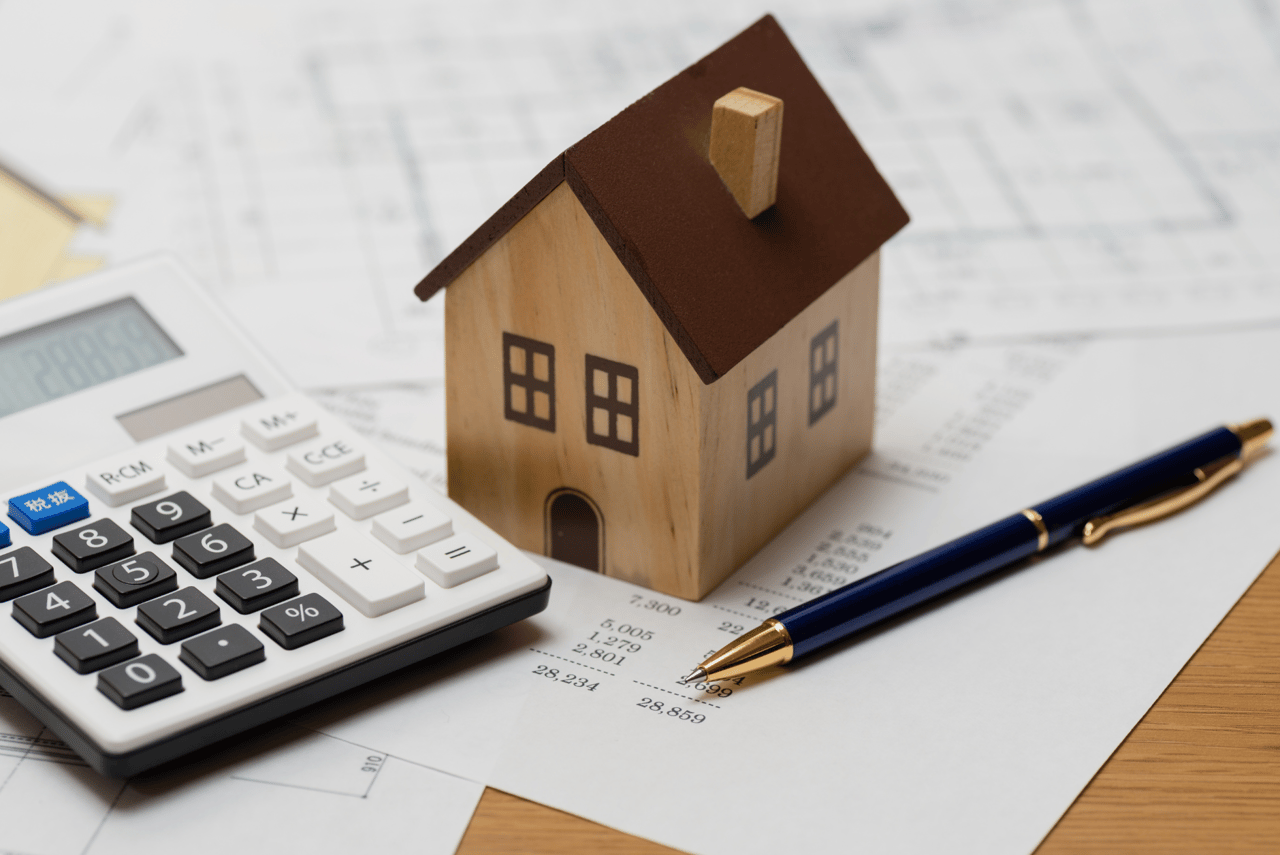
Real Estate Blog

Real Estate Blog
You’ve got questions and we can’t wait to answer them.